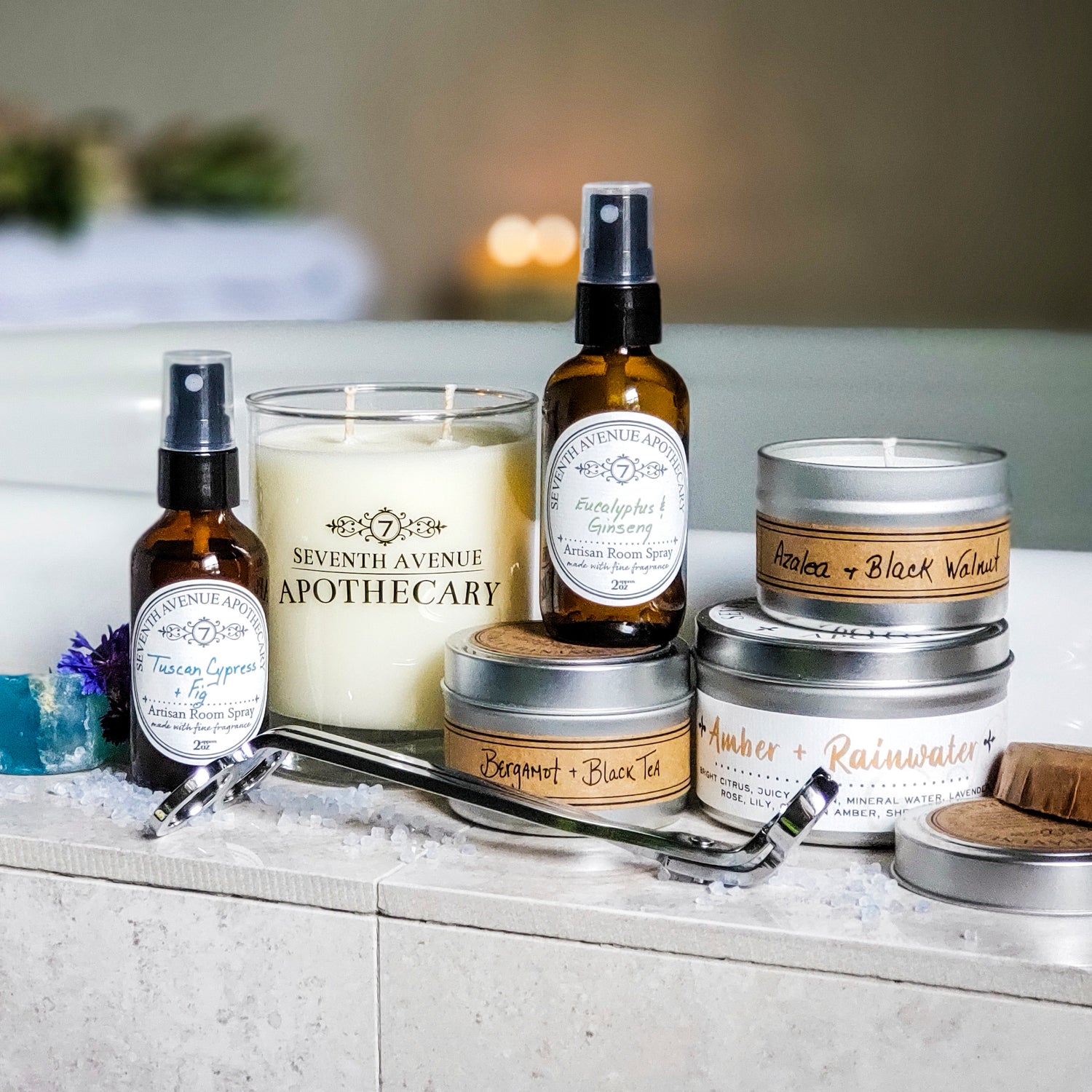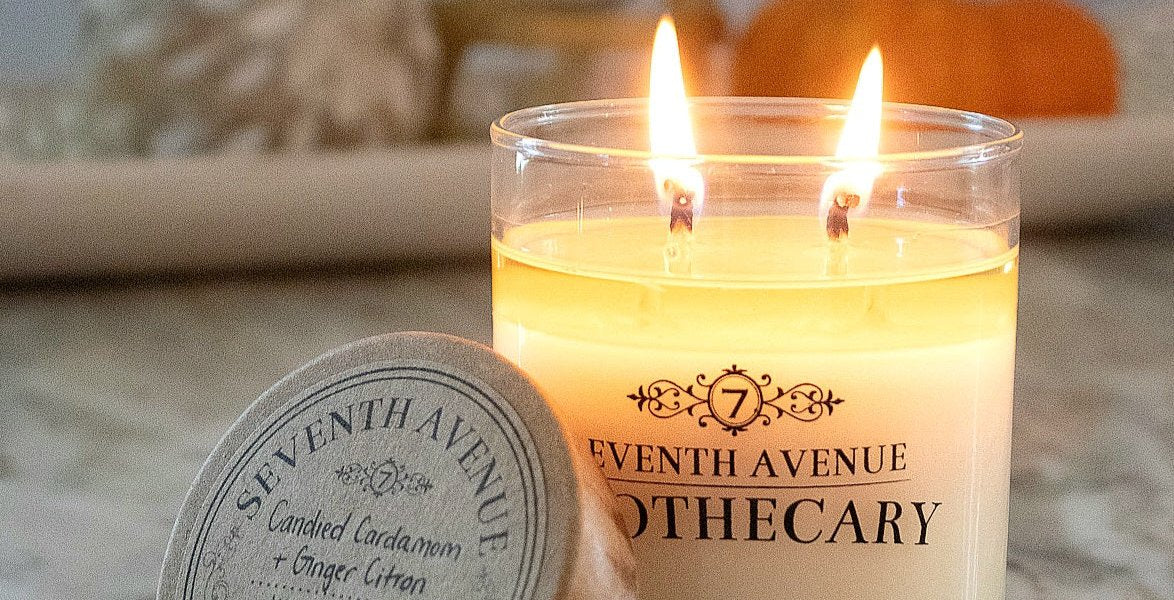Starting a wax melt business can be both creative and rewarding, offering a flexible way to work from home while tapping into the growing demand for flameless fragrance products. Making wax melts allows you to experiment with scents, colors, and shapes to create a product that's uniquely yours. With the right materials, a little know-how, and attention to legal requirements, you can turn your passion for fragrance into a profitable venture.
Materials and Equipment Needed for Making Wax Melts
To make high-quality wax melts, having the right materials and equipment is crucial for a smooth and successful process. The first essential material is wax, with options like soy wax or paraffin wax, both of which are ideal for creating melts. Soy wax is eco-friendly and produces minimal soot, while paraffin wax offers a stronger scent throw. You will also need fragrance oils or candle-approved essential oils to add scent to your melts. Make sure to choose oils specifically designed for candle or wax melt making, as they are safe to use and provide consistent fragrance performance.
For color, you can use dyes to customize your wax melts. Molds are also essential, and you can choose from silicone molds, which are flexible and easy to release, or clam shell molds, which are commonly used for wax melts. Additional equipment includes a digital thermometer to monitor wax temperatures, a metal spoon for stirring, and a double boiler or melting pot to safely melt the wax. Storing the wax melts in airtight containers after curing will help preserve the fragrance.
Step-by-Step Wax Melt Making
- Weigh the Wax: Start by measuring out the desired amount of wax using a kitchen scale.
- Melt the Wax: Use the double boiler method. Place your wax in a heat-proof container and set it above simmering water until fully melted. Monitor the temperature with a digital thermometer to ensure it doesn't overheat.
- Cool the Wax: Once the wax is melted, remove it from heat and allow it to cool slightly (usually to around 60°C or 140°F) before adding fragrance and color.
- Add Fragrance and Color: Stir in fragrance oils (typically 6-10% of the wax weight) and any colorants, like mica powder, using a stirring utensil. Make sure the mixture is well-blended.
- Pour into Molds: Carefully pour the wax mixture into silicone or clamshell molds. Let the wax set and harden for at least 3-4 hours or until fully solidified.
- Store: Once the wax melts are fully set, remove them from the molds and store in airtight containers to preserve the scent.
Types of Wax for Making Wax Melts
When it comes to making wax melts, selecting the right type of wax is key to achieving the desired scent throw, melting point, and overall performance. Each type of wax has its own unique characteristics and benefits, making it important to understand which will best suit your needs.
Soy wax is a popular eco-friendly option made from soybean oil. It provides a clean burn with minimal soot and has a great scent throw, making it ideal for those who prefer natural products.
Paraffin wax, on the other hand, is known for its strong fragrance retention, allowing for a more intense scent throw. It also melts at a lower temperature, which helps release the fragrance quickly.
Beeswax, though less commonly used in wax melts, is prized for its long-lasting burn time and natural honey-like scent. However, it has a higher melting point and can be more expensive. Each wax type interacts differently with fragrance oils and affects the melt’s performance in various ways.
Legal Considerations for Selling Wax Melts
When selling wax melts, it's essential to comply with legal requirements to ensure safety and transparency for consumers. One of the key regulations is CLP compliance (Classification, Labelling, and Packaging), which ensures that any potential hazards associated with the fragrance oils and ingredients are clearly labeled. This includes adding proper warning labels and hazard information to your packaging to inform customers about safe use and handling.
In addition to labeling, sellers must adhere to consumer protection laws, which often require accurate ingredient disclosure. Depending on your location, you may also need to register your business, obtain liability insurance, and ensure your products meet safety standards. Following these guidelines helps protect both your customers and your business while maintaining trust and legal compliance.
Creative Wax Melt Projects
Creating unique and creative wax melt projects is a fantastic way to attract customers and boost sales. The possibilities are endless, from experimenting with different shapes and colors to incorporating fun additions like botanicals, glitter, or micas for a shimmering effect. You can use various molds, such as clamshell molds or silicone trays, to create eye-catching designs.
For a more personalized touch, consider crafting layered wax melts that blend multiple colors or fragrances in one melt, offering a unique sensory experience as each layer melts. Adding botanicals or even glitter to your melts can also appeal to those looking for visually striking products. These creative details will help your wax melts stand out, making them more appealing and memorable to potential buyers.
Benefits and Challenges of Selling Wax Melts
Selling wax melts offers several attractive benefits, making it a popular business venture, especially for home-based entrepreneurs. One of the biggest advantages is the creative freedom involved. You can experiment with different fragrances, colors, and mold shapes, allowing you to create a truly unique product. Wax melts are also relatively easy and affordable to produce, with low startup costs compared to other products. Additionally, wax melts have a broad appeal since they offer a flameless alternative to candles, making them safe for homes with pets or children. This creates a diverse customer base that is drawn to the versatility and convenience of wax melts.
However, there are challenges to consider. CLP compliance and labeling regulations can be complex, requiring careful attention to detail in order to meet safety standards. The curing process can also be time-consuming, as wax melts need to rest for one to two weeks to achieve optimal scent throw. This waiting period can delay production, especially when managing large orders. Storage space is another potential challenge, as wax melts need to be stored in a cool, dry environment to preserve their quality. Additionally, marketing and establishing a loyal customer base may take time, requiring consistent effort in promoting your products and building brand recognition.
Is making wax melts profitable?
Yes, selling wax melts can be highly profitable if done right. With a solid understanding of production, marketing, and customer preferences, many wax melt businesses thrive. Some entrepreneurs even turn it into a full-time income by crafting high-quality, unique products that attract a loyal customer base.
Is there money to be made in wax melts?
Absolutely! Wax melt making requires relatively low start-up costs, with basic materials like wax, molds, and containers. Since you can easily work from home and sell online, there’s no need for costly overheads like store rentals, making it an accessible and flexible way to generate income.
While selling wax melts can be a fun and profitable business, it’s important to balance the creative side with practical considerations. From sourcing quality materials and experimenting with designs to navigating legal regulations like CLP compliance, success requires a blend of creativity and careful planning. By offering unique products, following safety standards, and staying consistent with your marketing, you can build a loyal customer base and enjoy the benefits of a thriving wax melt business.




